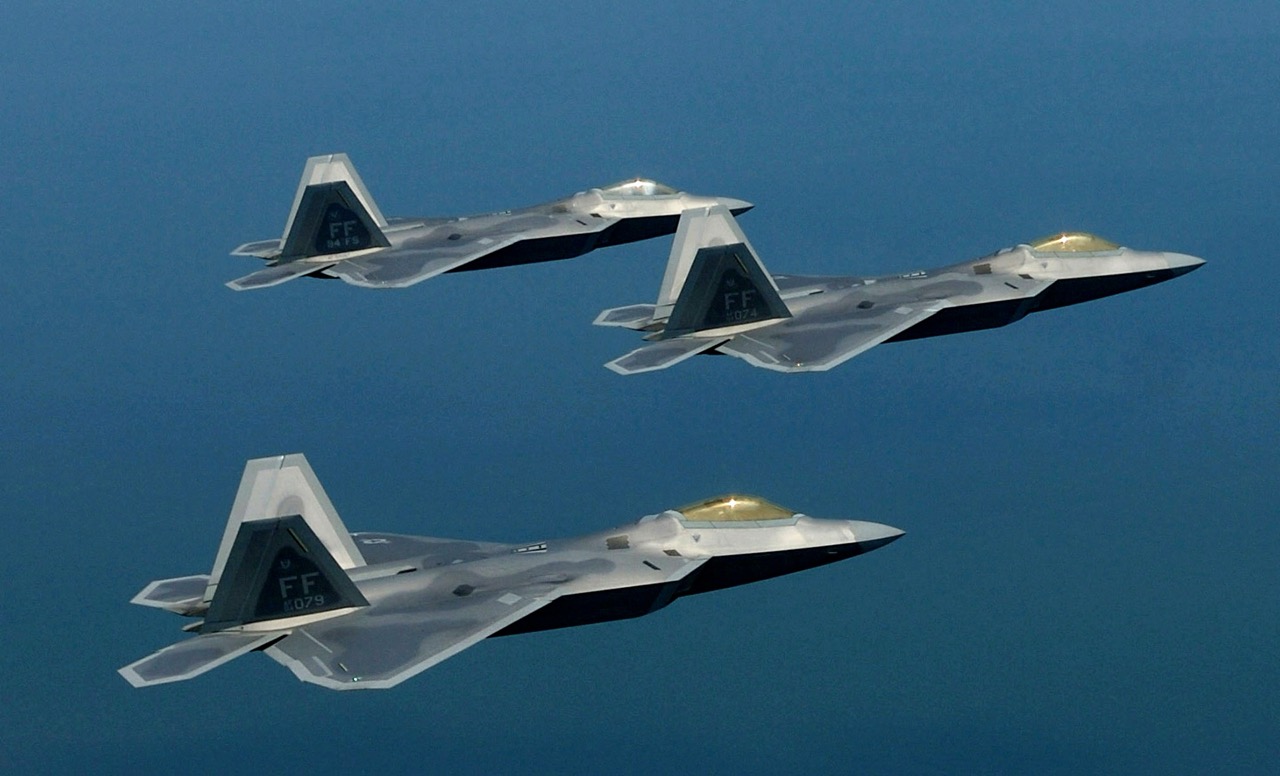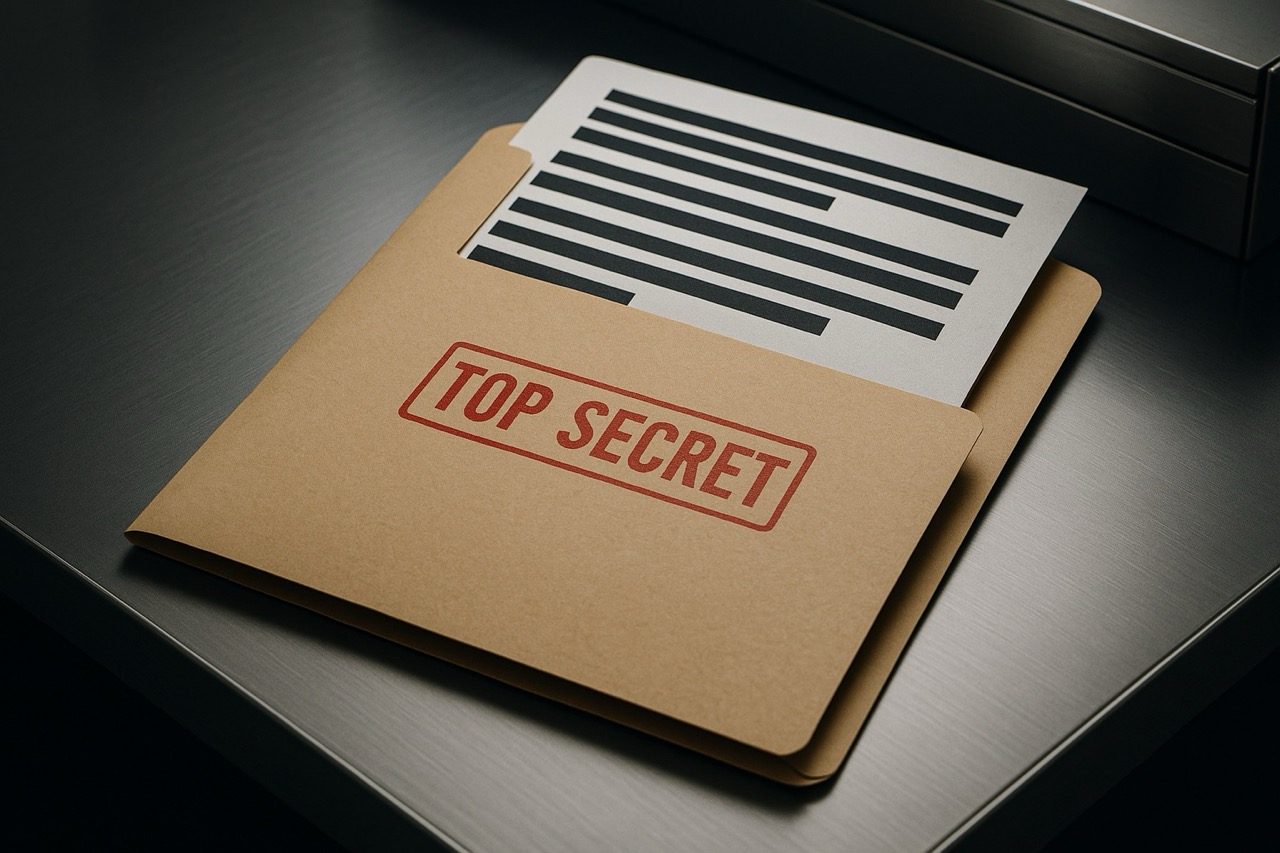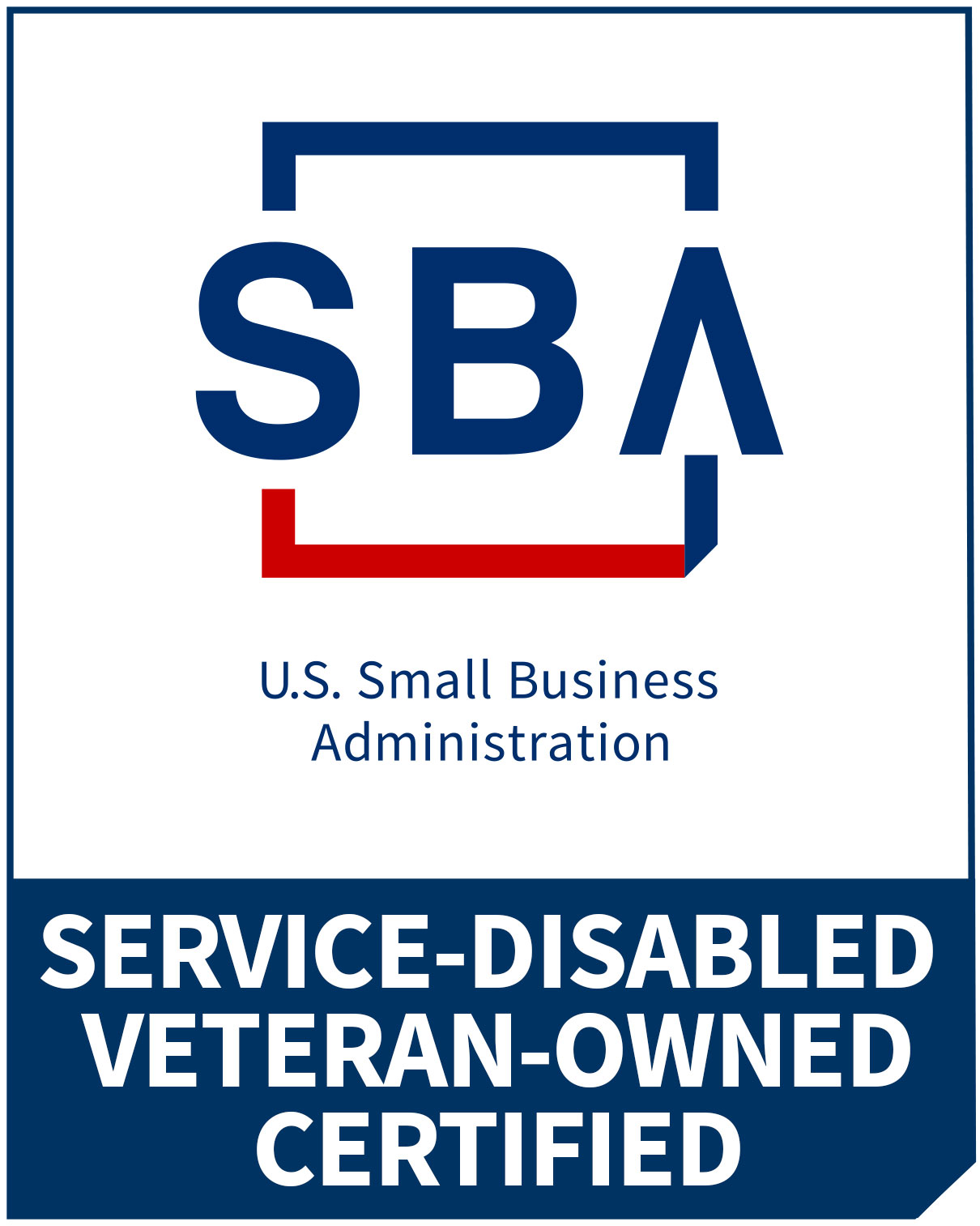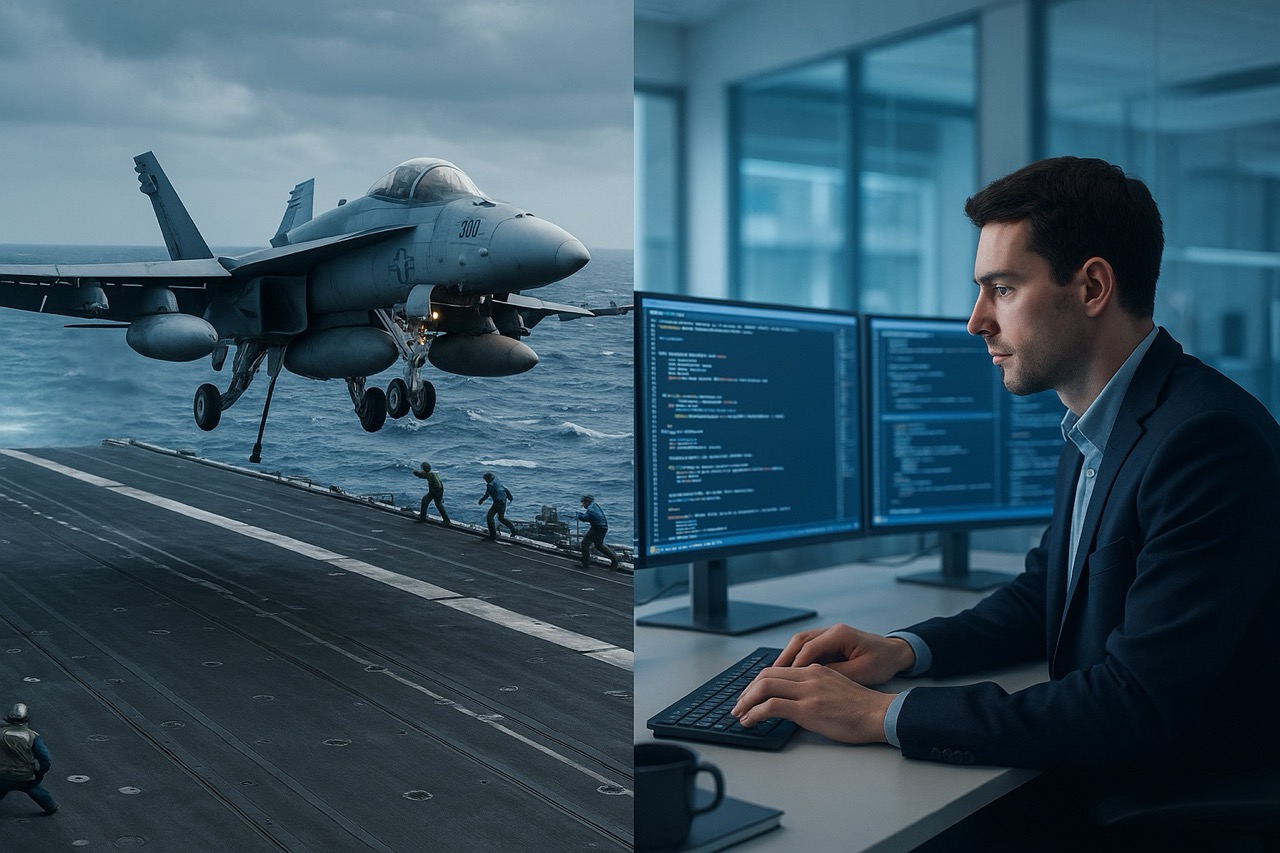PARRITEC
AI-Driven Automation & Full-Stack Solutions
Scroll to explore
Advanced AI & Full-Stack Solutions
Rapidly Built, Seamlessly Integrated
Our solutions are rapidly built and seamlessly integrated to automate and optimize your business processes.
Boost Productivity with Advanced Tech
At Parritec, we craft full-stack applications in record time and deploy AI systems that automate tasks, analyze vast datasets in real time, and deliver actionable insights.
Government & Private Sector Solutions
Tailored for government and private sector needs, our solutions maximize efficiency and productivity.
Fighter Pilot Precision, Tech Innovation
Mission-Critical Thinking
Founded by ex-fighter pilots, Parritec brings mission-critical thinking to advanced technology. We don't just code—we engineer solutions that hit the mark.
Robust Automation
We deliver robust automation and data-driven systems with the accuracy of a targeting run, operating 24/7 to keep your processes humming.
The Parritec Edge
Boost productivity with fast, tailored applications and AI. Unlock insights from real-time data analysis and streamline operations by automating routine tasks.
We've worked with amazing people
Trusted Partner
Learn more about our security clearances, contracting vehicles, and government partnerships.
Government ContractingOur Story
Parritec, born from the ingenuity of ex-fighter pilots, fuses combat-honed problem-solving with cutting-edge tech. From enhancing U.S. air superiority to streamlining civilian workflows, we deliver rapid, intelligent solutions that automate and elevate.
Parritec transformed our operations with their custom AI agents. Their solutions handle customer inquiries and internal workflows with an efficiency we hadn't thought possible, bringing our organization into the future.

Services - Solutions That Soar
We craft full-stack applications in record time and deploy AI systems that automate tasks, analyze vast datasets in real time, and deliver actionable insights. Our solutions maximize efficiency and productivity for both government and private sector clients.

- Full-Stack Application DevelopmentRapidly built, fully integrated applications to power your business.
- Real-Time Data AI SystemsAI that crunches massive datasets instantly for actionable insights.
- Process AutomationStreamline workflows with AI agents that work smarter, faster.
- Document IntelligenceAutomate data extraction and management with pinpoint accuracy.
- AI-Powered SupportInstant, intelligent responses for inquiries, anytime.







